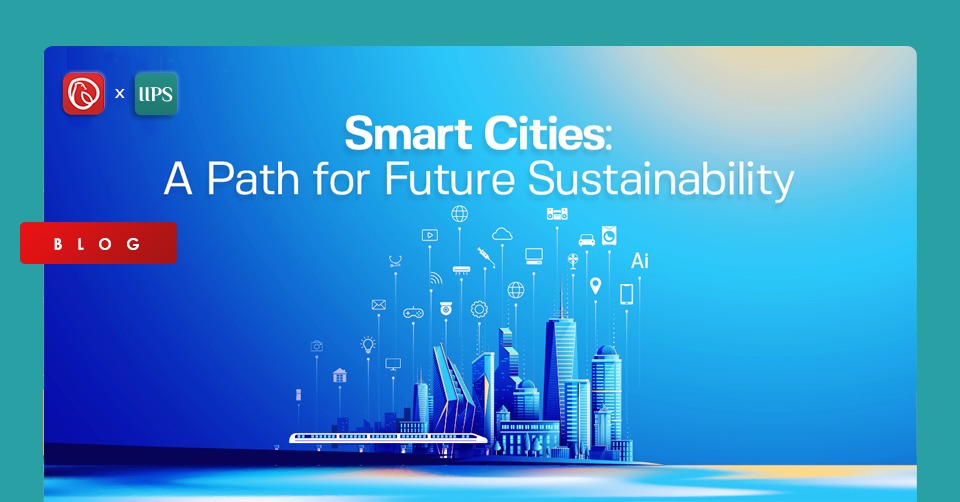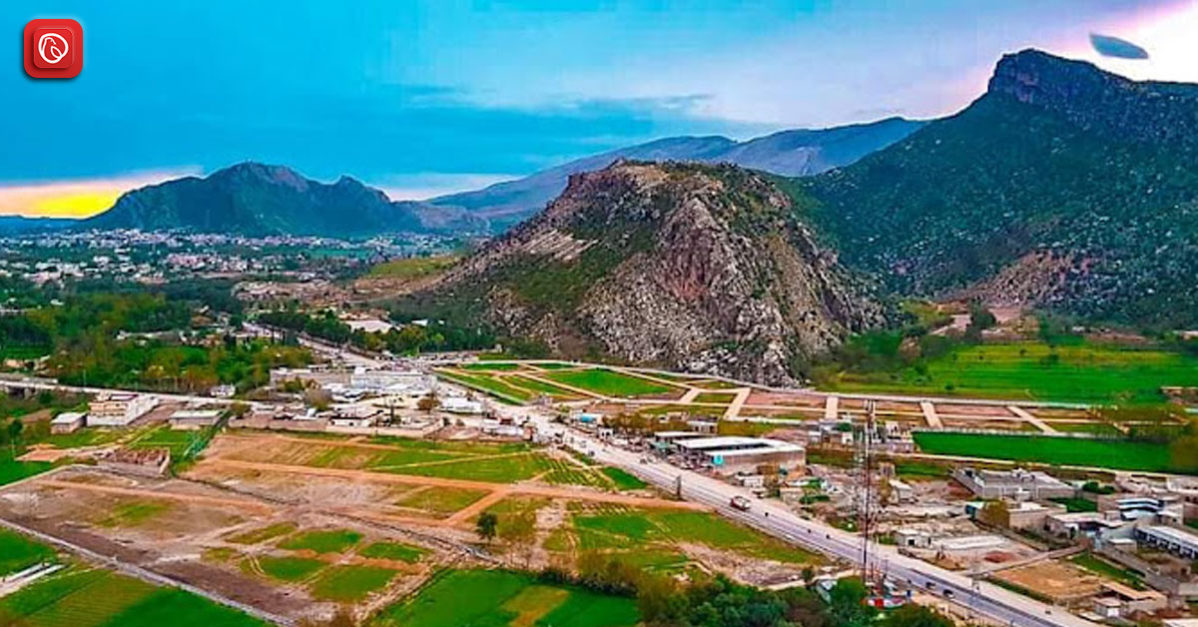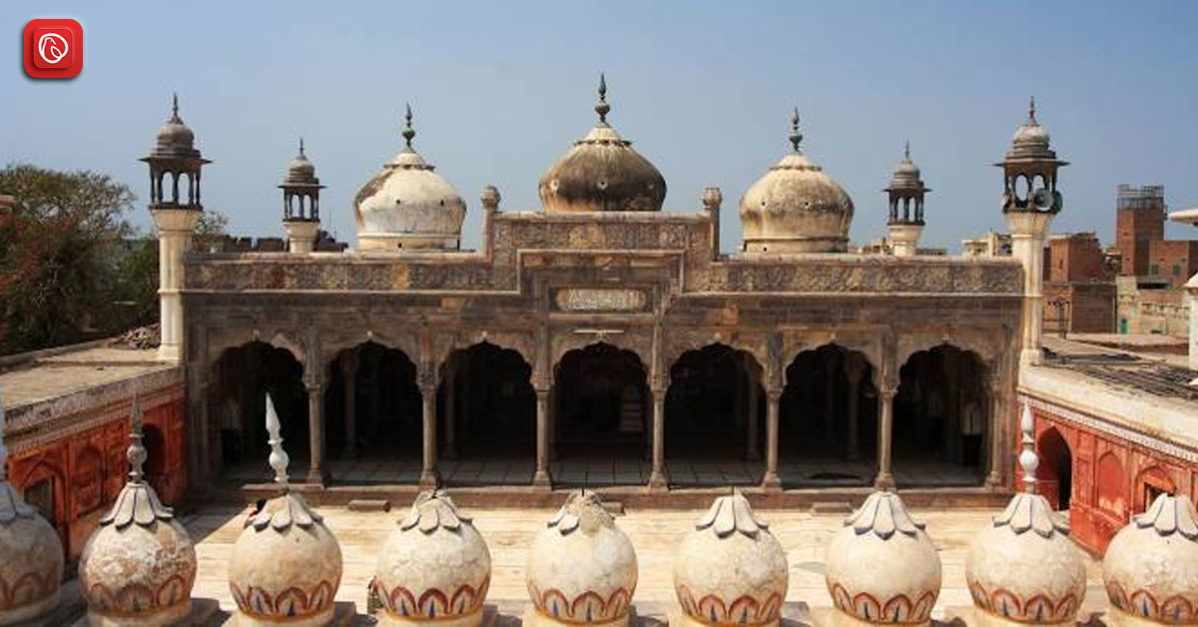City leaders have always thought that intelligent technologies are tools that remain effective behind the scenes. But as technology is being injected more directly into the lives of residents, more and more leaders are starting to realise that smart-city strategies begin with the people, not the technology. This blog presents the concept of smart cities and how they can impact the sustainability of cities in the future.
As cities continue to grow and face challenges of urbanisation such as water management, sanitation, transportation, health, education, and land management, information and communication technologies can significantly improve the quality of life. The world is rapidly progressing with technological advances such as Internet of Things (IoT) devices which can be integrated into building structures and devices to monitor and collect data. Using data analytics and Artificial Intelligence, this data can be used to gain insights into human behaviour and manage resources accordingly. This will not only optimise energy, water management, transportation, and security; it will also have a positive environmental impact by reducing the carbon footprint due to the introduction of renewable energy systems. Pakistan produces twenty thousand plus IT graduates each year and offers a domestic market of over $200 million. More than 700 tech startups have been registered since 2010, of which 70 per cent are functional to date (Salman Zara, 2020). Therefore, Pakistan can integrate innovative technologies in existing cities and create new cities to better cope with the challenges of urbanisation.
Research Questions
1. What is a smart city?
2. Why are smart cities the way forward for sustainability?
3. What are the components and attributes of smart cities?
What is a Smart City
In the last several years, there has been explosive growth in Information and Communication Technologies (ICT) due to advancements in hardware and software designs. The use of ICT in cities in various forms increases the effectiveness of city operations, and such cities are often labelled as digital city, flexibility, information city, eco-city, sustainable city, and smart city. Smart City is still a concept, and there remains no clear and consistent definition of the concept among academia and practitioners (Mohanty, 2016). Smart cities aim to improve the quality of urban services. It is a framework designed to address the growing challenges of urbanisation. Data from citizens and mechanical devices monitor and manage traffic and transport systems, power plants, water supply networks, and waste disposal systems (Thales, 2020). Governments are utilising cellular and low power wide area networks to connect and improve infrastructure efficiency, convenience, and quality of life for the residents. In simpler terms, an intelligent city translates digital technology into better public services for the general public and better use of resources for reduced environmental impact.
Why Smart Cities are Becoming Necessary
Pakistan started using data to fight against covid19 at a very early stage, providing positive results throughout its handling of the pandemic. Initially, all the organisations were focused on logistics and supplies, but by the end of March 2020, Pakistan began collecting data reported directly to NCOC. Monitoring and analysing everyday projections became an essential part of Pakistan’s response to covid19. Data collected from testing labs and public-private nonprofit sectors were amalgamated into one public database, which would streamline the analysis and prediction process. Electronic interfaces were launched to help the public access this data. An app called Pak Nigehban was established to keep track of local resources, especially the number of emergency beds available in hospitals. The government used three different forecasting models, but their details were not made public. Although there was a hit and trial scenario in terms of data collection, the overall results of the approach remained positive. Therefore, the use of data from the early stages of the pandemic was one of the most successful strategies of the Pakistani government (WHO, 2021).
Components and Attributes of Smart Cities
There is a combination of components that make a city smart. A city may not have all the features as its number depends on the cost and available technology. A smart city’s components include smart infrastructure, smart buildings, smart transportation, intelligent energy, competent healthcare, smart technology, smart governance, innovative education, and intelligent citizens. Attributes of intelligent cities include sustainability, quality of life, urbanisation, and smartness. The smartness of a city is described as the ambition to improve the city’s inhabitants’ economic and social standards. Sustainability is linked to infrastructure and governance, whereas the quality of life can be measured in terms of citizens’ emotional and financial well-being. There are four central themes to an intelligent city: society, economy, environment, and governance. The society theme signifies that the city is to serve its inhabitants and citizens of the state. The economy theme focuses on continuous job growth and economic stimulus. The environment theme projects if the city will sustain its four functions and remain operational for future generations. Lastly, the governance theme suggests that the city is robust in its administration and policymaking and implementation.
Conclusion
Making a city smart does not only involve the introduction of technologies, but it is also a vigorous exercise that encompasses almost all components of an urban settlement. Innovative technologies can be introduced in infrastructure, buildings, transport, energy, healthcare, education, and governance. This not only makes the use of resources efficient; it also adds to the city’s sustainability. Pakistan has a booming technology sector, with thousands of graduates joining the market each year. This talent and human resource are capable of innovating and introducing intelligent technologies in different sectors.
Key Takeaways
1. As cities continue to grow and face challenges of urbanisation such as water management, sanitation, transportation, health, education, and land management, information and communication technologies can greatly improve the quality of life.
2. Using data analytics and Artificial Intelligence, data can be used to gain insights into human behaviour and manage resources accordingly.
3. Pakistan produces twenty thousand plus IT graduates each year and offers a domestic market of over $200 million.
4. More than 700 tech startups have been registered since 2010, of which 70 percent are functional to date.
5. Smart City is still a concept, and there remains no clear and consistent definition of the concept among academia and practitioners.
6. A smart city translates digital technology into better public services for the general public and better use of resources for reduced environmental impact.
7. Smart cities not only mitigate the problems emerging from rapid urbanisation and population growth; they also help elevate the standard of living and comfort.
8. Smart cities can reduce energy consumption, water consumption, carbon emissions, transportation requirements, and city waste.
9. There are four themes central to a smart city, namely, society, economy, environment, and governance.




